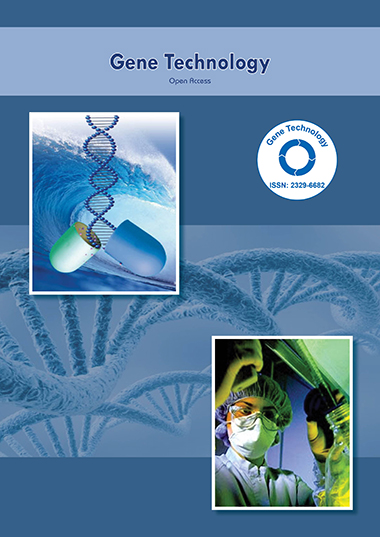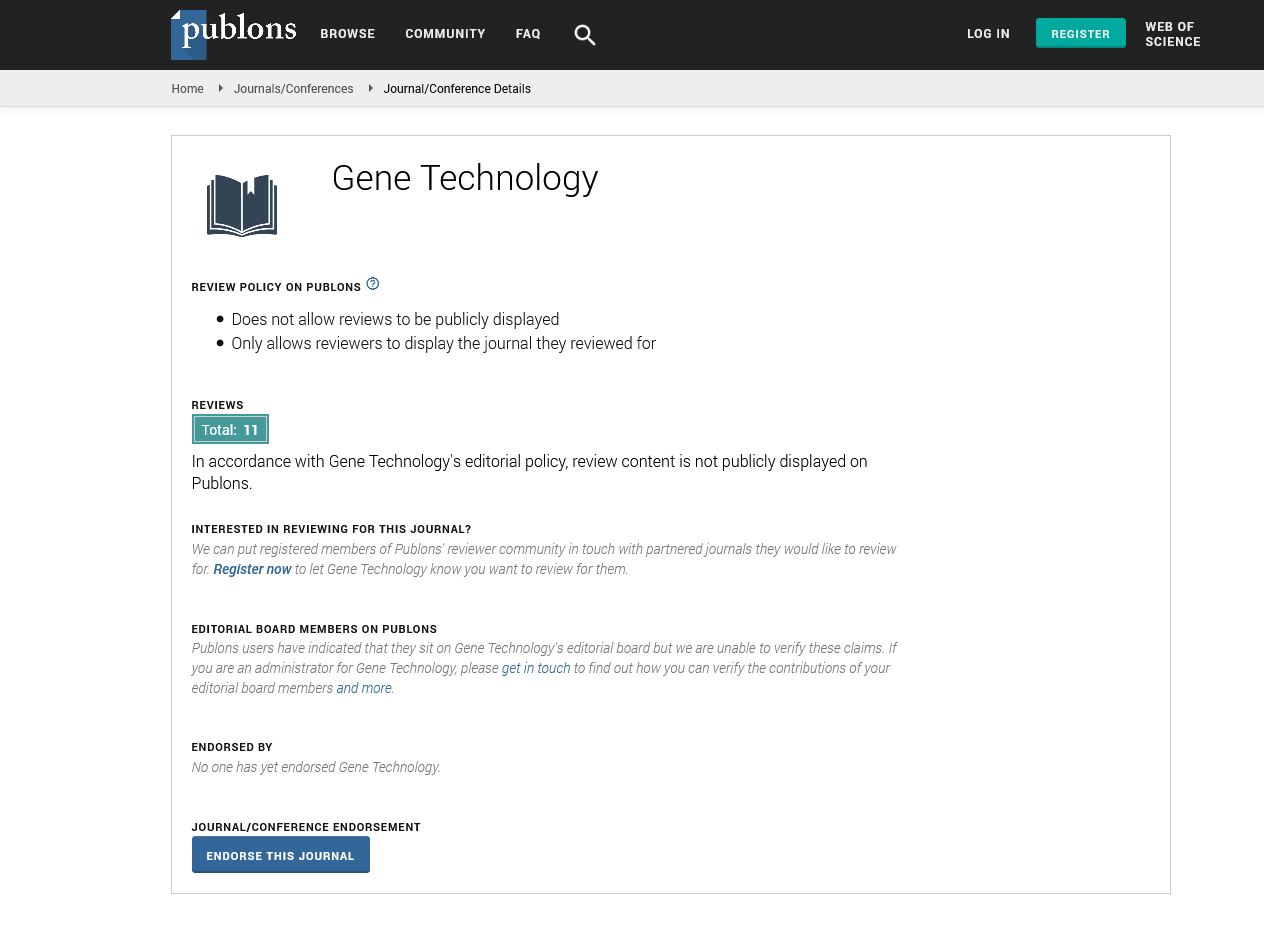Indexed In
- Academic Keys
- ResearchBible
- CiteFactor
- Access to Global Online Research in Agriculture (AGORA)
- RefSeek
- Hamdard University
- EBSCO A-Z
- OCLC- WorldCat
- Publons
- Euro Pub
- Google Scholar
Useful Links
Share This Page
Journal Flyer

Open Access Journals
- Agri and Aquaculture
- Biochemistry
- Bioinformatics & Systems Biology
- Business & Management
- Chemistry
- Clinical Sciences
- Engineering
- Food & Nutrition
- General Science
- Genetics & Molecular Biology
- Immunology & Microbiology
- Medical Sciences
- Neuroscience & Psychology
- Nursing & Health Care
- Pharmaceutical Sciences
Perspective - (2025) Volume 14, Issue 1
Advancing Scientific Discovery through Functional Genomics for Holistic Insight into Gene Function and Cellular Mechanisms
Bikram Poudel*Received: 01-Mar-2025, Manuscript No. RDT-25-29036; Editor assigned: 03-Mar-2025, Pre QC No. RDT-25-29036 (PQ); Reviewed: 17-Mar-2025, QC No. RDT-25-29036; Revised: 24-Mar-2025, Manuscript No. RDT-25-29036 (R); Published: 31-Mar-2025, DOI: 10.35248/2329-6682.25.14.313
Description
Functional genomics is an expanding frontier in the field of gene technology that aims to understand the complex relationship between genetic information and biological function. Unlike traditional genomics, which primarily focuses on sequencing and mapping genes, functional genomics seeks to characterize gene functions and interactions on a genome-wide scale. It utilizes high-throughput technologies and integrative bioinformatics tools to interpret the vast amount of data generated through genome sequencing projects. By examining gene expression patterns, protein functions, and regulatory networks, functional genomics provides a deeper insight into the molecular basis of cellular processes, development, and disease.
A foundation of functional genomics is the use of technologies such as DNA microarrays, RNA sequencing (RNA-seq), and CRISPR-based genome editing. These methods allow researchers to observe how genes are expressed under various physiological conditions, in different tissues, or in response to external stimuli. RNA-seq, in particular, has become an indispensable tool for quantifying gene expression levels, detecting novel transcripts, and revealing alternative splicing events. Meanwhile, CRISPR-Cas9 and related genome-editing technologies enable targeted gene disruption or activation, providing functional validation of gene roles in living cells and model organisms.
Another major component of functional genomics is proteomics—the study of the entire set of proteins expressed by a genome. Since proteins are the primary effectors of cellular function, understanding their abundance, modifications, interactions, and subcellular localization is vital. Mass spectrometry-based proteomics allows for the identification and quantification of thousands of proteins in a single experiment. When integrated with transcriptomics and metabolomics, proteomics contributes to a systems biology approach, helping to construct comprehensive models of cellular behavior and gene regulation.
Functional genomics also includes the study of epigenetic modifications such as DNA methylation, histone modification, and chromatin accessibility. These features play a key role in regulating gene expression without altering the DNA sequence. Techniques like ChIP-seq (chromatin immunoprecipitation sequencing) and ATAC-seq (assay for transposase-accessible chromatin using sequencing) are used to map the binding sites of transcription factors and the open regions of chromatin, shedding light on gene regulatory mechanisms.
The applications of functional genomics are far-reaching. In medicine, it aids in the discovery of disease-associated genes and biomarkers, thereby facilitating personalized treatment strategies. Cancer research, for example, has greatly benefited from genomic profiling, enabling classification of tumors based on molecular signatures and identification of potential drug targets. Similarly, in agriculture, functional genomics helps in the development of crops with desirable traits such as drought resistance, improved nutrition, and disease tolerance through the identification and manipulation of key regulatory genes.
Despite its promise, functional genomics faces several challenges. One of the major obstacles is the complexity of biological systems, where genes rarely act in isolation. Interpreting the vast amount of data requires sophisticated computational tools and interdisciplinary collaboration among biologists, bioinformaticians, and statisticians. Moreover, translating findings from model organisms to humans or from laboratory conditions to natural environments requires careful validation and context-specific analysis.
In conclusion, functional genomics represents a transformative approach in gene technology, enabling comprehensive exploration of gene function, regulation, and interaction. Through high-throughput technologies and integrative analyses, it bridges the gap between genotype and phenotype, offering profound insights into the complexities of biological systems and paving the way for innovations in health, agriculture, and beyond.
Citation: Poudel B (2025). Advancing Scientific Discovery through Functional Genomics for Holistic Insight into Gene Function and Cellular Mechanisms. Gene Technol. 14:313.
Copyright: © 2025 Poudel B, et al. This is an open-access article distributed under the terms of the Creative Commons Attribution License, which permits unrestricted use, distribution, and reproduction in any medium, provided the original author and source are credited.

